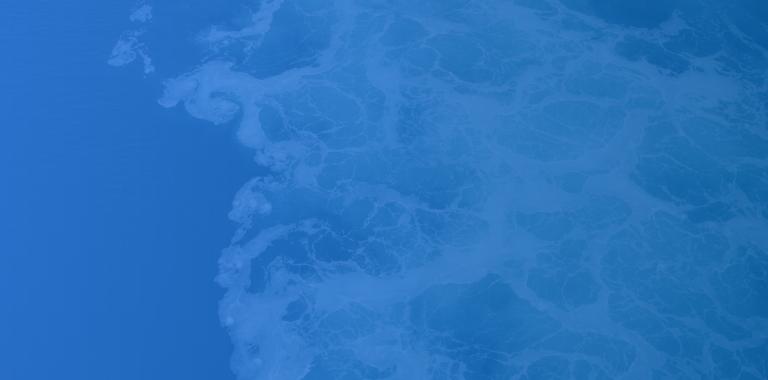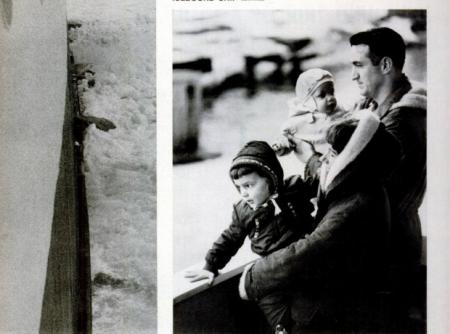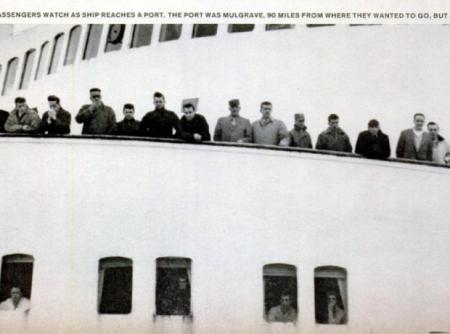Sid Hatcher
Sid Hatcher started working with Marine Atlantic in 1959 when the Corporation was known as Canadian National Railway. His first position was on the MV William Carson.
“My father gave me an ultimatum,” says Sid. “Find a job or you’re going back to school, and I did not want to go back to school.”
His plan was to join the Royal Canadian Air Force. But, a family friend who worked on the MV William Carson contacted him and told him to pack his bags, he was going on the ship in the morning.
His first position was as a cafeteria boy, serving tea and coffee to tourists. He was also responsible for serving full breakfast, which he points out had eggs, bacon, toast, bologna and juice for just $1.
He worked on the MV William Carson until 1966 before he moved to the MV Leif Eiriksson, where he eventually became Chief Steward. Sid went on to work in the Fleet Training Supervisor office in Halifax, Nova Scotia and in 1995 became a Senior Chief Steward. He retired on February 29, 1996, which he says was technically 4 years ago because of the leap year.
Sid worked for Marine Atlantic for 38 years, and says he lived an interesting life. One of his most memorable experiences with Marine Atlantic was when the MV William Carson became stuck in ice for over seven days between Port aux Basques and North Sydney. The ship anchored in a field of pack ice rather than risk running North Sydney harbour in a 50 knot blizzard. When the ship tried to continue on its crossing, it found itself stuck. “There were about 45 passengers on board during the sailing,” says Sid. “Rations had to be dropped off by planes. Luckily, we had a water purifier on board so we could purify the salt water and drink it. When we docked, all we had left on board was a hip of beef and a half bag of potatoes.”
To pass time while stuck in the ice, they played over 700 games of gin rummy and pitched pennies. According to Sid, passengers took the incident very well. He joked that passengers in those days were not in as much of a rush to get to their destination.
Once free of the ice, and finally docked in North Sydney, they changed crew and headed home by train.




